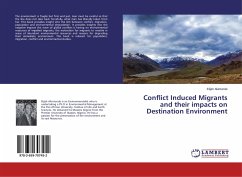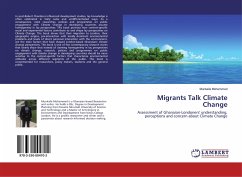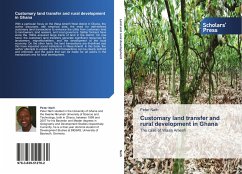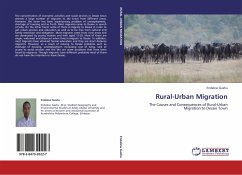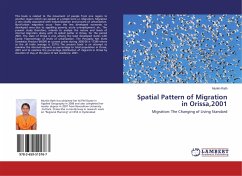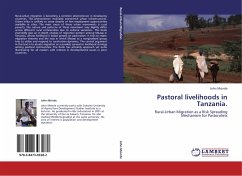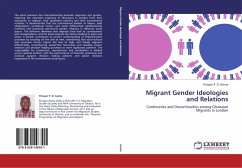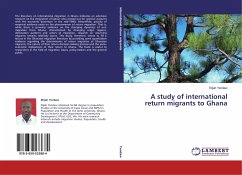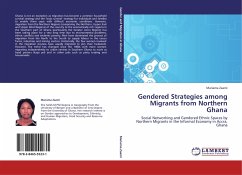
Gendered Strategies among Migrants from Northern Ghana
Social Networking and Gendered Ethnic Spaces by Northern Migrants in the Informal Economy in Accra, Ghana
Versandkostenfrei!
Versandfertig in 6-10 Tagen
32,99 €
inkl. MwSt.

PAYBACK Punkte
16 °P sammeln!
Ghana is not an exception as migration has become a common household survival strategy and the basic survival strategy for individuals and families to enable them cope with difficult economic conditions. However, migration from the Northern Regions (comprising the Northern, Upper East and Upper West Regions) of the country to the economically rich regions in the Southern part of Ghana (particularly the Greater Accra Region) has been taking place for a very long time due to environmental problems, ethnic conflicts and endemic poverty. Men have dominated the process of migration from the North t...
Ghana is not an exception as migration has become a common household survival strategy and the basic survival strategy for individuals and families to enable them cope with difficult economic conditions. However, migration from the Northern Regions (comprising the Northern, Upper East and Upper West Regions) of the country to the economically rich regions in the Southern part of Ghana (particularly the Greater Accra Region) has been taking place for a very long time due to environmental problems, ethnic conflicts and endemic poverty. Men have dominated the process of migration from the North to the South to supply labour in the cocoa farms, industries and mining centres. Historically, the few women involved in the migration process have usually migrated to join their husbands. However, the trend has changed since the 1980s with more women migrating independently to urban centres in Southern Ghana to work as head porters (kaya yei) and in other jobs such as petty trading and housemaids.



